Despite vast global wealth, many countries continue to grapple with extreme poverty. This blog post explores the ten poorest countries in the world in 2024, using GDP per capita as a key metric. We'll also delve deeper into the underlying causes of poverty in these nations.
Understanding GDP per Capita and PPP
Before diving into the list, it's crucial to understand how we measure poverty on a national level. GDP (Gross Domestic Product) represents the total value of goods and services produced by a country in a given year. However, GDP alone doesn't tell the whole story. To get a clearer picture of a country's standard of living, we need to consider GDP per capita, which is GDP divided by the total population.
Another important concept is Purchasing Power Parity (PPP). PPP takes into account the cost of living variations between countries. This allows for a more accurate comparison of living standards across nations with different currencies and price structures.
The Top 10 Poorest Countries in the World in 2024
1. Burundi: Struggling Against the Odds
Burundi (GDP per capita PPP: $1,335.4)
Burundi, consistently ranked as the world's poorest country, grapples with a multitude of challenges. Political instability, stemming from civil wars and an ineffective government, severely impedes economic growth. Moreover, rapid population growth strains resources like land, exacerbating land disputes and food insecurity. Natural disasters, including droughts and floods, further compound these difficulties. Civil unrest, coupled with environmental disasters and governance issues, perpetuates widespread poverty and food shortages in Burundi, highlighting the urgent need for comprehensive solutions to address its complex challenges.
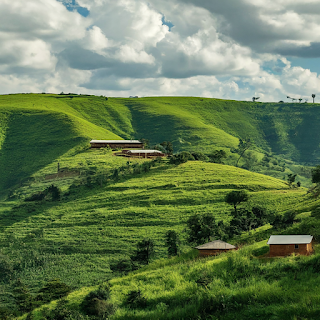 |
| Burundi - A landscape of lush green hills dotted with houses. |
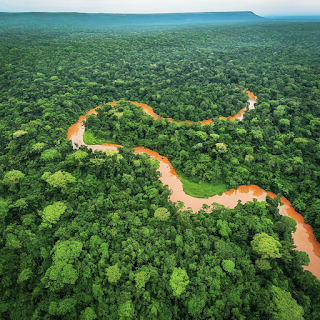 |
| Central African Republic - Dense rainforest with a winding river, characteristic of the CAR. |
DR Congo's Struggle: Natural Riches Marred by Political Turmoil
Congo (DRC) (GDP per capita PPP: $1,128.8)
The Democratic Republic of the Congo (DRC), blessed with abundant natural resources, finds itself paradoxically among the world's poorest nations. Despite its vast wealth, the country grapples with pervasive poverty, hunger, and inadequate healthcare access. Decades of political instability and conflict have left scars on the economy and infrastructure, hindering progress and development efforts. Corruption compounds these challenges, further impeding the path to prosperity. With the majority of its population surviving on less than $1.90 a day, the DRC faces a daunting task in addressing poverty and promoting sustainable development.
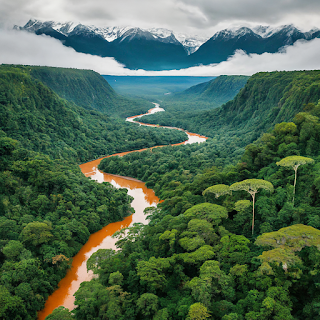 |
| Democratic Republic of the Congo - Lush rainforest with a river and mountains, a typical Congolese landscape. |
4. South Sudan's Economic Struggles: A Story of Conflict, Corruption, and Infrastructure Deficits
South Sudan (GDP per capita PPP: $1,234.7)
As the world's youngest nation, South Sudan faces significant economic challenges. The legacy of civil war continues to hamper development. Being landlocked restricts trade, and widespread corruption diverts resources from public services. The country also grapples with limited access to clean water, sanitation, and healthcare. These factors contribute to high rates of malnutrition, limited life expectancy, and persistent poverty. Addressing these issues requires comprehensive efforts to foster stability, combat corruption, and invest in critical infrastructure and social services.
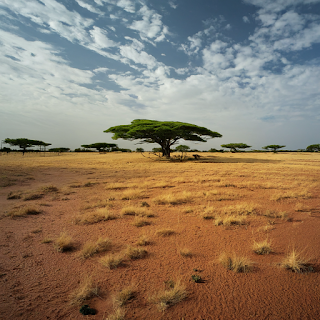 |
| South Sudan - A vast savanna landscape with acacia trees, a common sight in South Sudan. |
5.Somalia: Struggling Against Adversity
Somalia (GDP per capita PPP: $1,302.5)
Somalia grapples with a dire humanitarian crisis fueled by droughts, famine, and conflict, leading to widespread hunger, displacement, and limited access to healthcare. Despite its resource potential, the country's poverty crisis is deeply entrenched in climate change and political instability. Erratic rainfall patterns disrupt agriculture, the backbone of the economy, while decades of conflict have left infrastructure in ruins and displaced millions. Against this backdrop, Somalia faces a relentless battle against hunger, with many relying on humanitarian aid to survive.
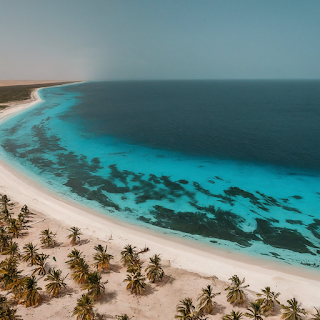 |
| Somalia boasts a beautiful coastline with vast stretches of sandy beaches and swaying palm trees. |
6. Niger: Population Growth and Climate Vulnerability
Niger (GDP per capita PPP: $1,339.8)
Niger, situated in the Sahel region, contends with severe poverty driven by factors like high birth rates and limited access to family planning, leading to rapid population growth. Droughts and desertification pose significant threats to food security, while the presence of militant groups such as Boko Haram further destabilize the region. In summary, Niger faces profound challenges stemming from population growth, climate vulnerability, and the influence of militant organizations like Boko Haram.
 |
| Niger's Sahel region is characterized by sparse vegetation, acacia trees, and sand dunes. |
Burkina Faso (GDP per capita PPP: $1,342.3)
Burkina Faso grapples with widespread poverty, particularly in its rural regions heavily dependent on agriculture. With over 90% of the poor residing in rural areas, the nation's economy is primarily driven by rain-fed agriculture, leaving it vulnerable to erratic weather conditions. The lack of access to modern farming equipment and techniques exacerbates food insecurity, further challenging the nation's socio-economic stability. Additionally, political instability compounds these issues, hindering efforts to foster economic development and uplift communities. In summary, Burkina Faso faces significant hurdles stemming from its reliance on agriculture, exacerbated by political unrest and inadequate infrastructure.
 |
| Burkina Faso's rural areas are characterized by rolling hills, cultivated fields, and traditional mudbrick houses. |
8. Liberia: Impact of Civil War and Government Corruption
Liberia (GDP per capita PPP: $1,528.1)
Liberia, endowed with rich natural resources like diamonds, gold, and iron ore, struggles with poverty due to the lingering effects of a long and brutal civil war. The war devastated infrastructure, displaced millions, and fractured social cohesion. Rampant government corruption further impedes development efforts, diverting resources away from essential services and infrastructure projects.
 |
| Liberia boasts a rich natural landscape, including lush rainforests with sunlight filtering through the canopy. |
9. Madagascar: A Biodiversity Hotspot Grappling with Poverty
Madagascar, an island nation off the southeast coast of Africa, is renowned for its unique biodiversity. It is home to a wealth of endemic plant and animal species, many found nowhere else on Earth. However, despite its natural riches (GDP per capita PPP: $1,880.0), Madagascar faces significant challenges in its fight against poverty.
 |
| Madagascar's Isalo National Park offers a glimpse into the country's unique geological formations and ecosystems. |
10. Chad: A Nation Facing Arid Challenges
Chad, a landlocked country in Central Africa, grapples with significant poverty. Several factors contribute to this complexity: Unstable Climate: Chad experiences a harsh climate with recurring droughts in the Sahel region and scorching temperatures. These extremes create challenges for agriculture and food security.
 |
| Chad's vast desert landscapes showcase towering sand dunes under a clear sky. |


.jpg)

Do leave your comments